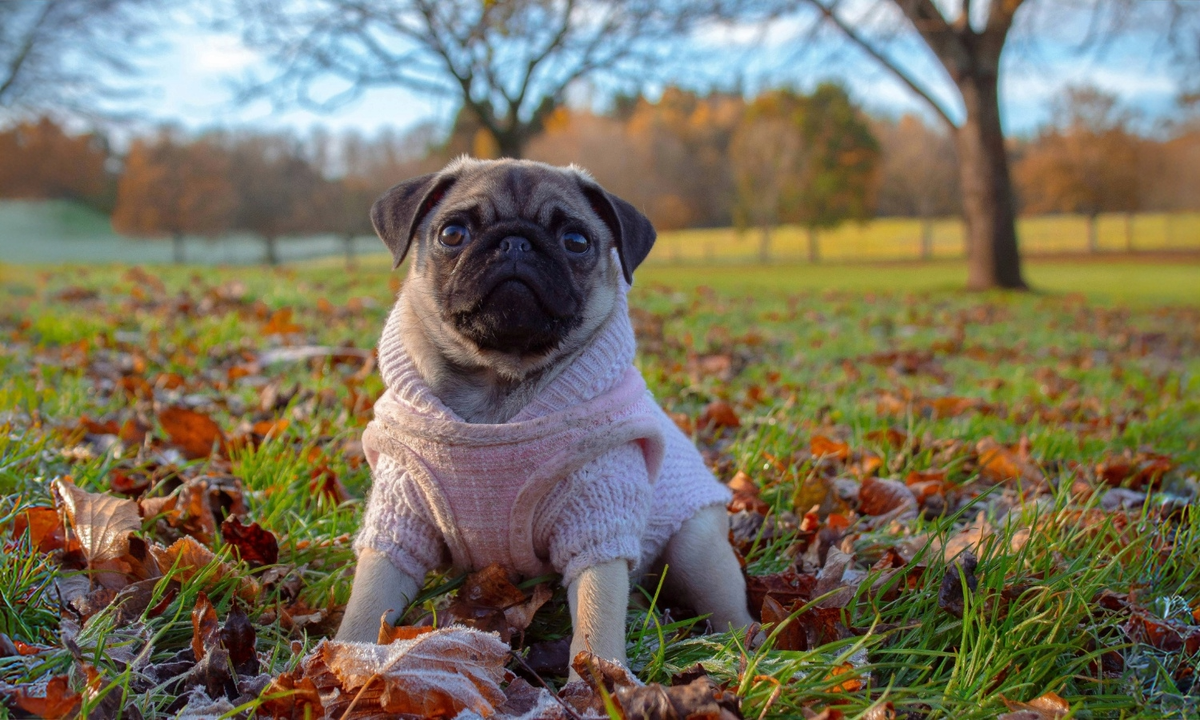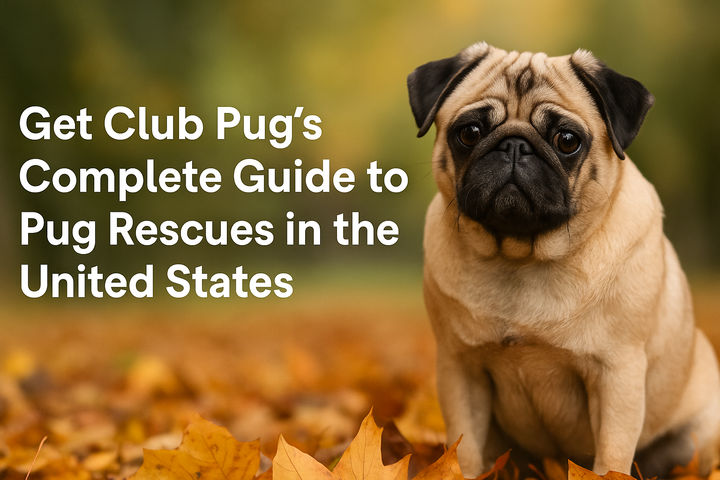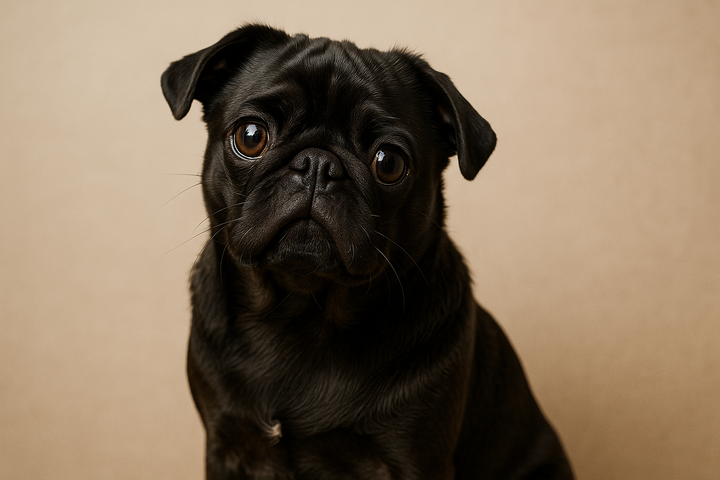Male vs. Female Pug: Which One Should You Pick?
While pugs are consistently affectionate and people-loving, there are some subtle gender differences in behavior, personality, and even care. Here, we’ll break down the differences between male and female pugs, address common myths, and help you choose the best match for your home and lifestyle.

If you’re thinking about adding a pug to your family, one of the first questions you might have is: “Should I get a male or female pug?” While pugs are consistently affectionate and people-loving regardless of gender, there are some subtle differences in behavior, personality, and even care.
In this Club Pug exclusive, we’ll break down the differences between male and female pugs, address common myths, and help you choose the best match for your home and lifestyle.
🧠 Personality Differences: Male vs. Female Pugs
It’s important to note that every pug has their own unique personality. That said, there are some general tendencies often observed by breeders, trainers, and owners:
🐾 Male Pugs
- Affectionate and Velcro-like: Males tend to be super clingy and constantly want to be near their people.
- Goofy and playful: Often described as more “silly” or attention-seeking.
- Eager to please but easily distracted: They’re trainable, but their puppy-like energy can last longer.
- More likely to mark territory if not neutered.
🐾 Female Pugs
- Independent and calm: Females may enjoy affection but are often more selective about when and how.
- Mature earlier: They usually settle down quicker and are slightly easier to house train.
- Can be more stubborn: Some owners report that females have a sassier, more “in charge” personality.
- Less likely to mark territory, especially after spaying.
Remember: Personality traits are influenced just as much by training, socialization, and environment as by gender.
🧼 Care Differences Between Male and Female Pugs
While the day-to-day grooming and diet needs are the same, there are some gender-specific care differences, particularly around reproductive health.
✂️ Spaying & Neutering
- Females need to be spayed to prevent heat cycles, unwanted pregnancies, and certain cancers. The surgery is slightly more invasive and recovery can take longer.
- Males benefit from neutering to reduce marking, roaming behavior, and prostate issues.
Talk to your vet about the best age to spay or neuter, especially in pugs where anesthesia requires extra caution due to breathing issues.
📊 Common Questions: Male vs. Female Pugs
❓ Is one more affectionate?
- Males are generally more openly cuddly and attention-seeking.
- Females are loving but tend to be more self-contained.
❓ Is one easier to train?
- Many owners find females slightly easier to house train and quicker to mature, while males respond well to consistent, positive reinforcement.
❓ Is there a size difference?
- Males are often slightly larger, averaging 14–18 lbs.
- Females typically weigh 13–16 lbs.
❓ Who gets along better with other dogs?
- Both genders do well with socialization, but neutered males and spayed females tend to get along with others of either sex.
❓ Do females go into heat if not spayed?
- Yes, unspayed females go into heat ~every 6 months, lasting 2–4 weeks. This can cause behavior changes and attract male dogs — another reason spaying is recommended.
🏁 So, Should You Pick a Male or Female Pug?
There’s no wrong choice—it comes down to your personality and lifestyle.
Choose a male pug if you want:
✅ A clingy, goofy, openly affectionate companion
✅ A pup who stays playful longer
✅ A dog who thrives on constant human interaction
Choose a female pug if you want:
✅ A more independent, self-assured companion
✅ Slightly easier house training
✅ A pug who may be calmer sooner
Either way, you’re getting a lovable, loyal, and totally entertaining pug — just with slightly different packaging.
💛 Final Thoughts from Club Pug
Gender differences in pugs are real but minor — and often outweighed by individual personality. If possible, meet the litter and let your future pug pick you! Don’t base your decision solely on sex — base it on connection.



Comments ()